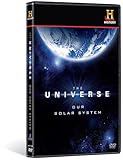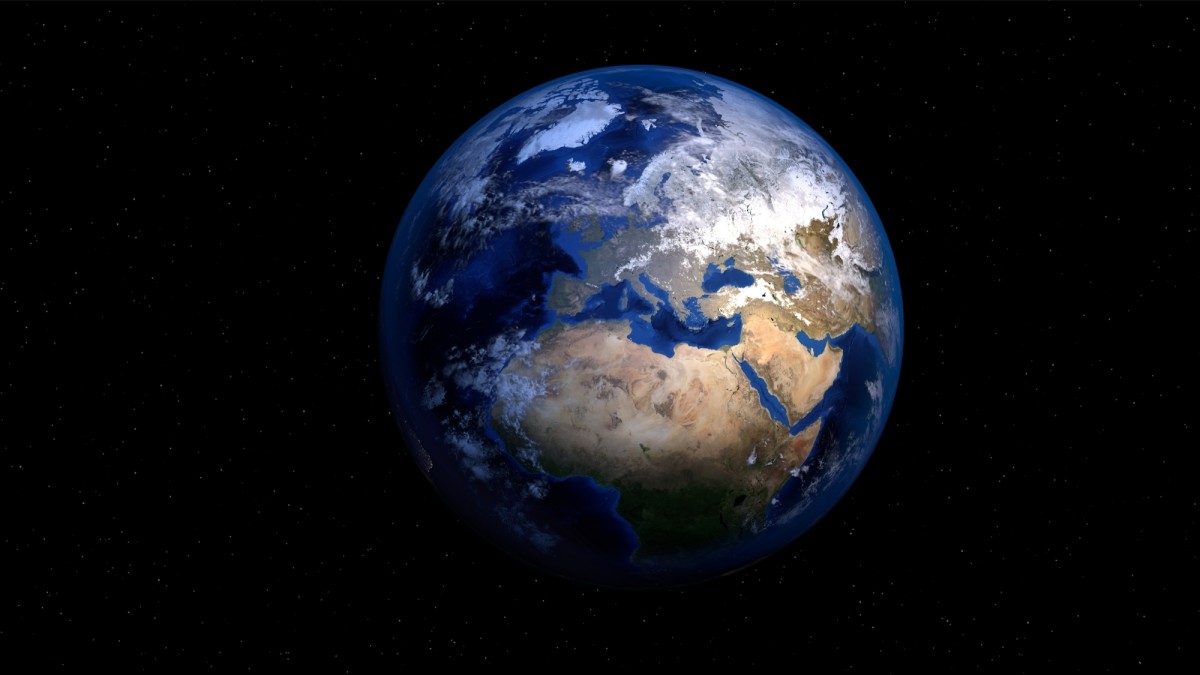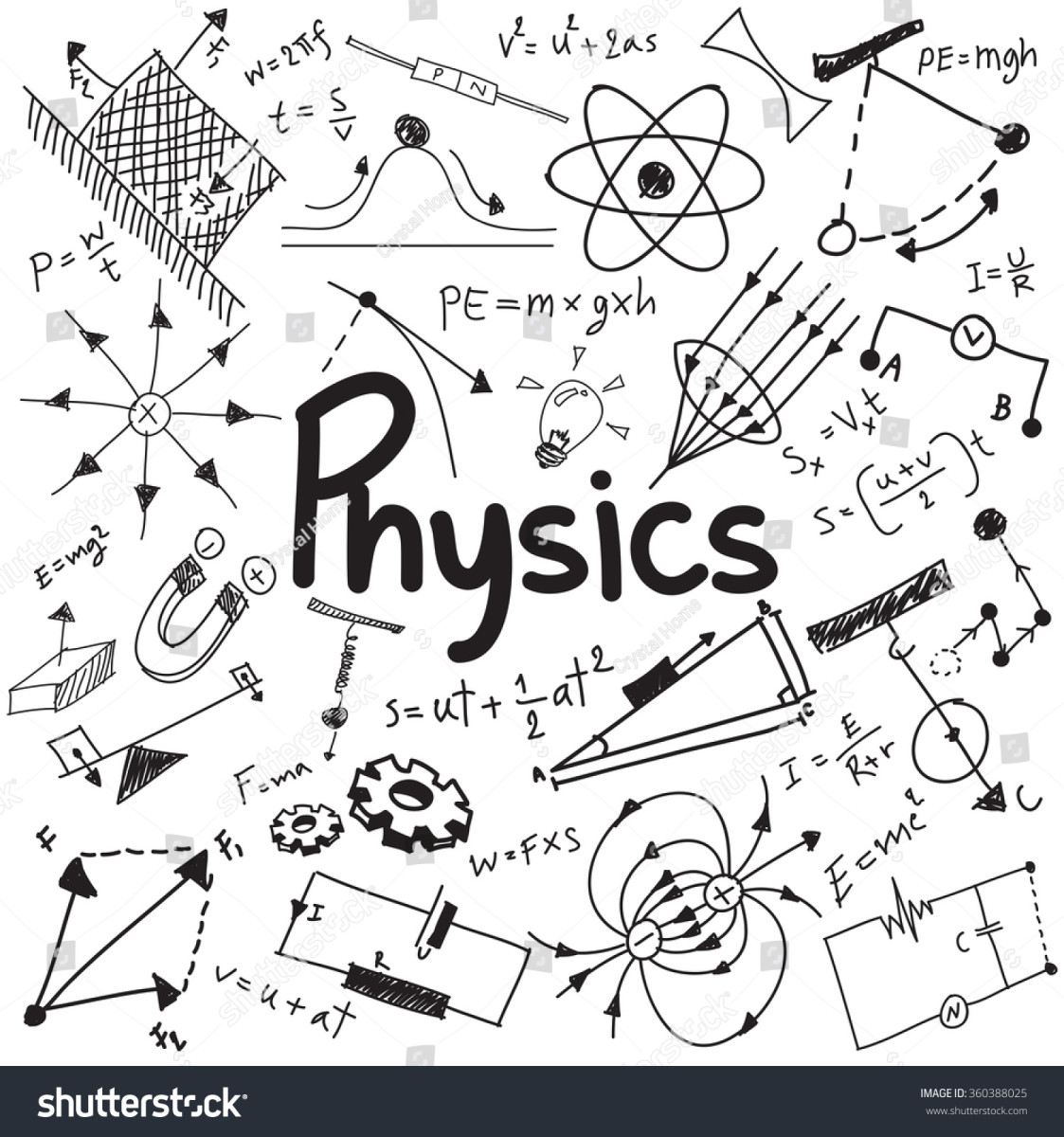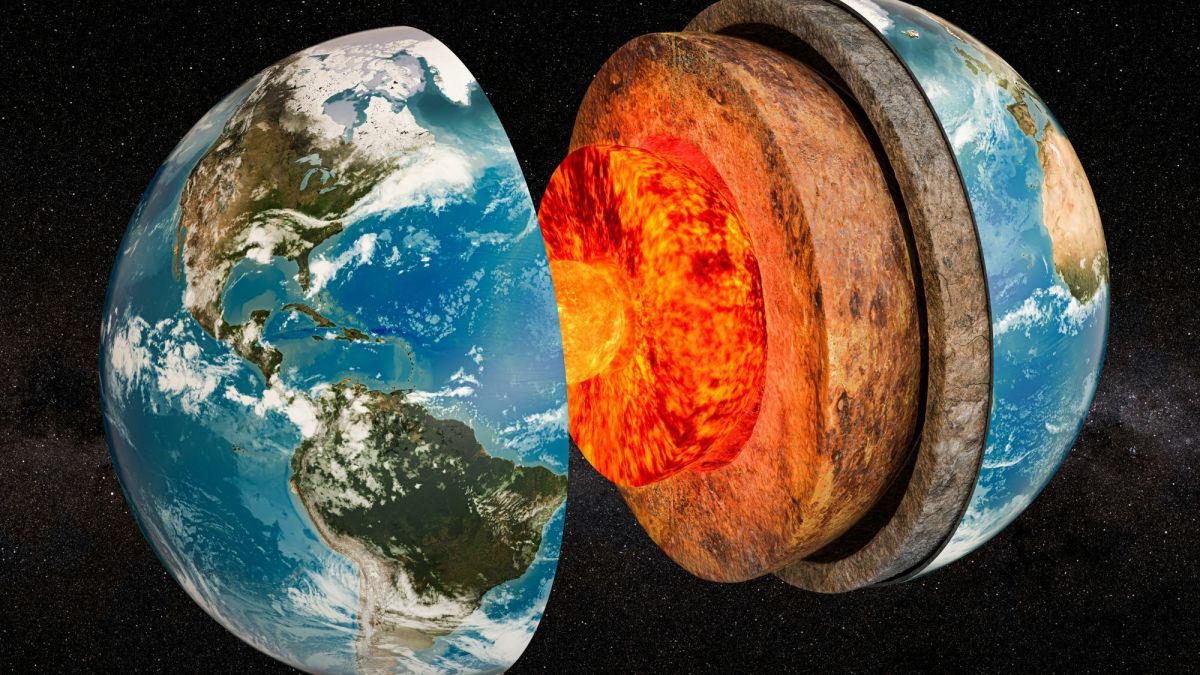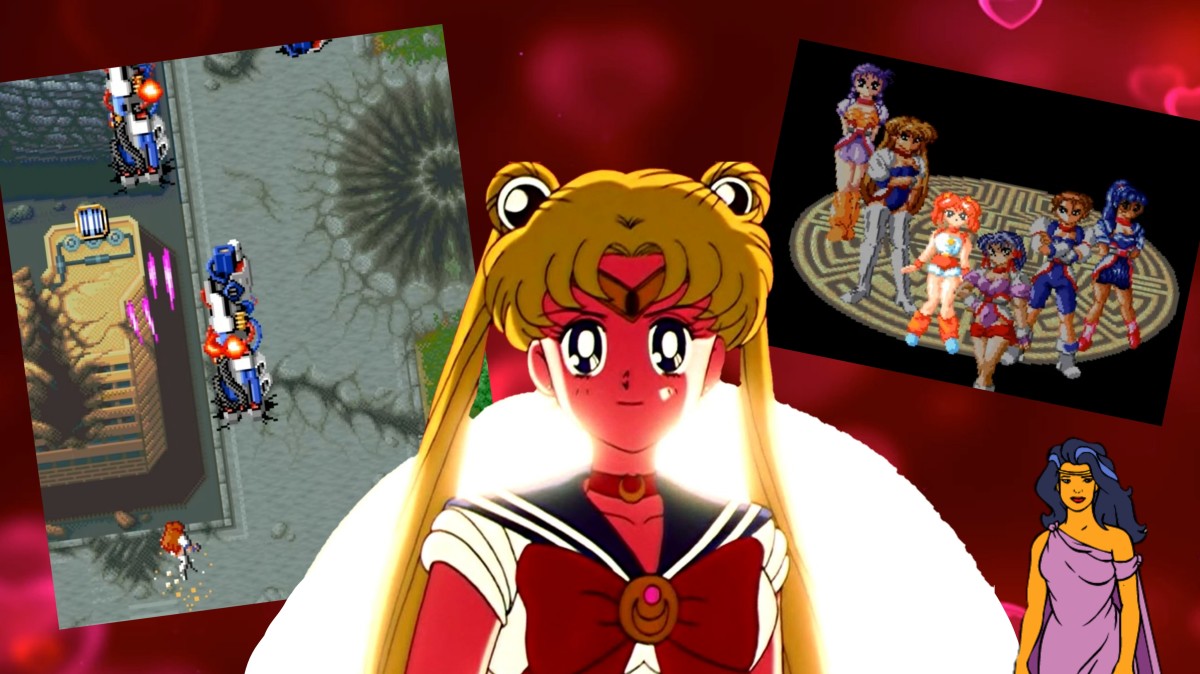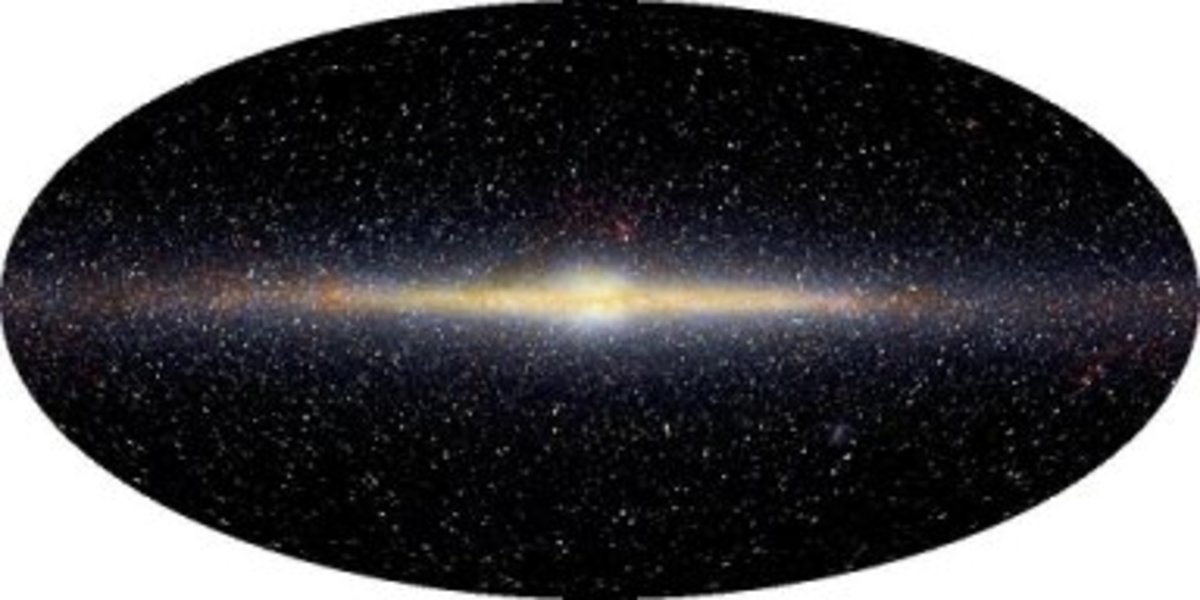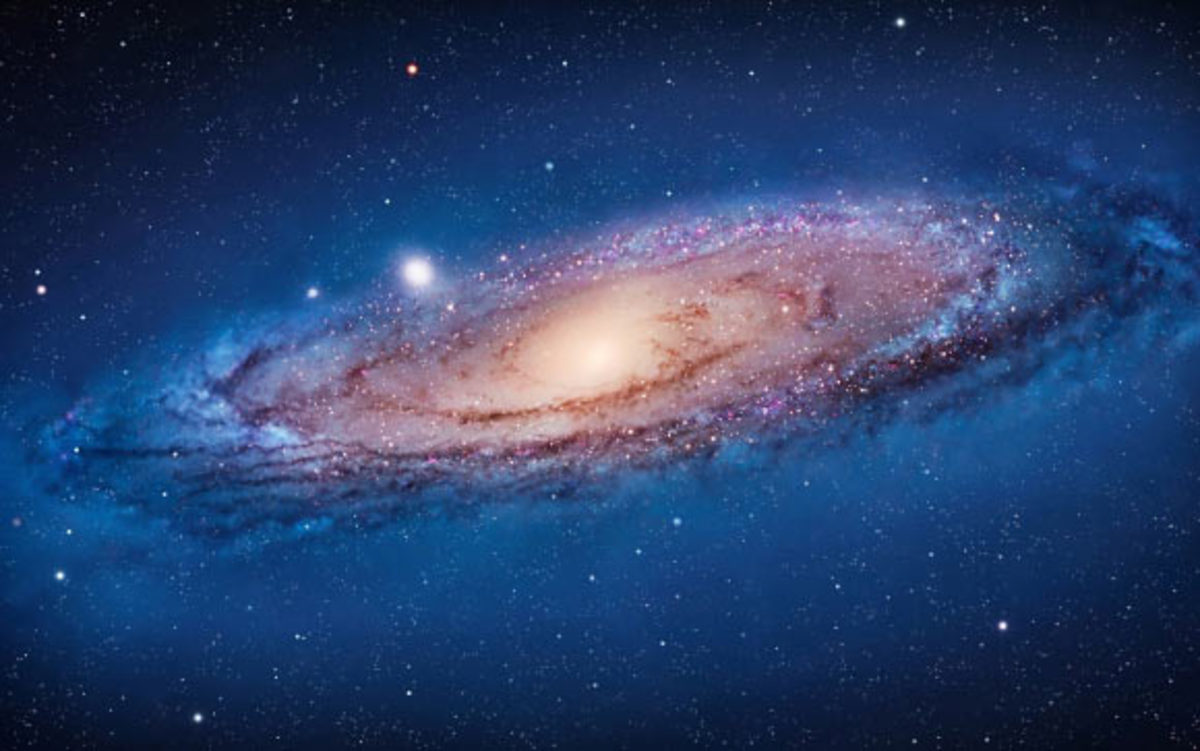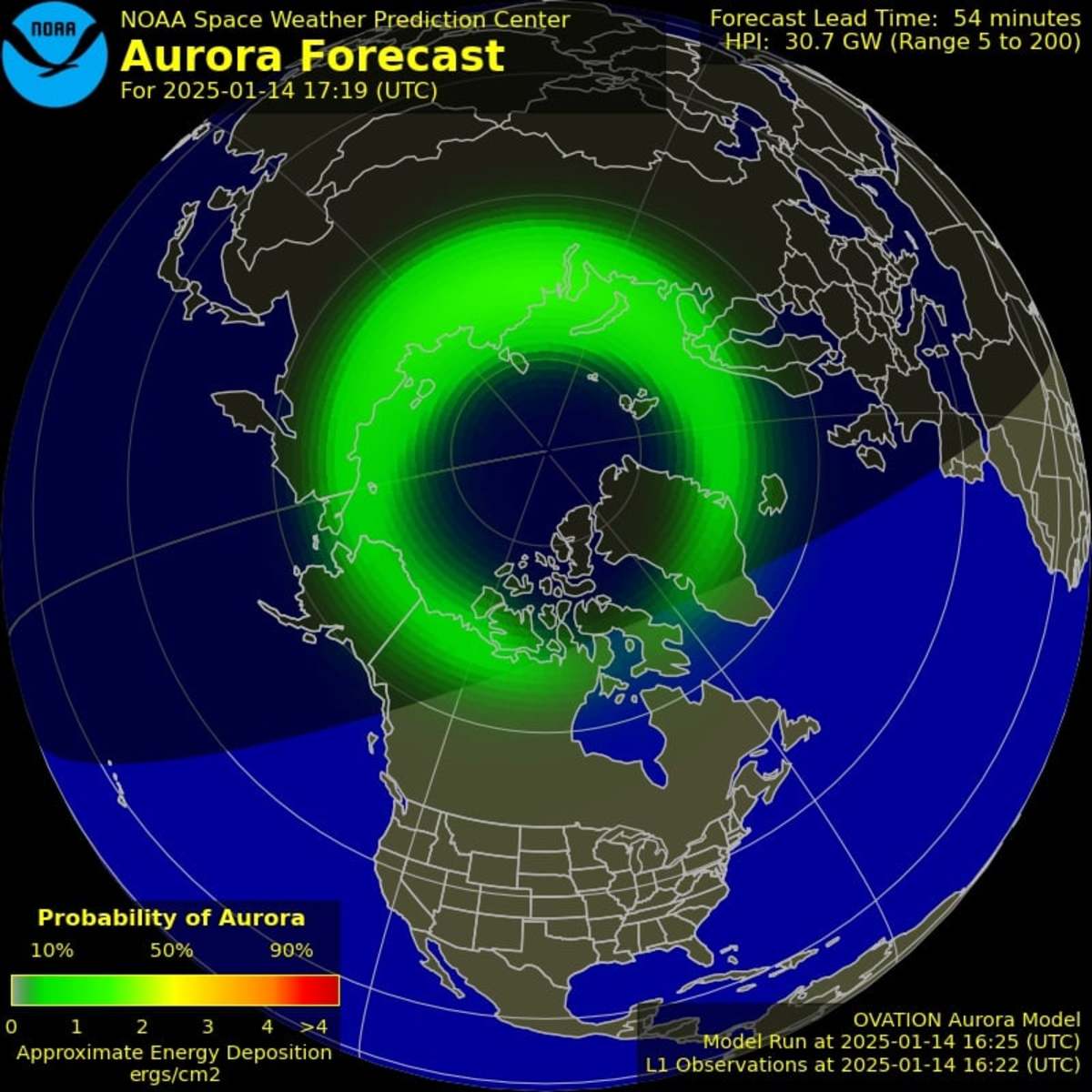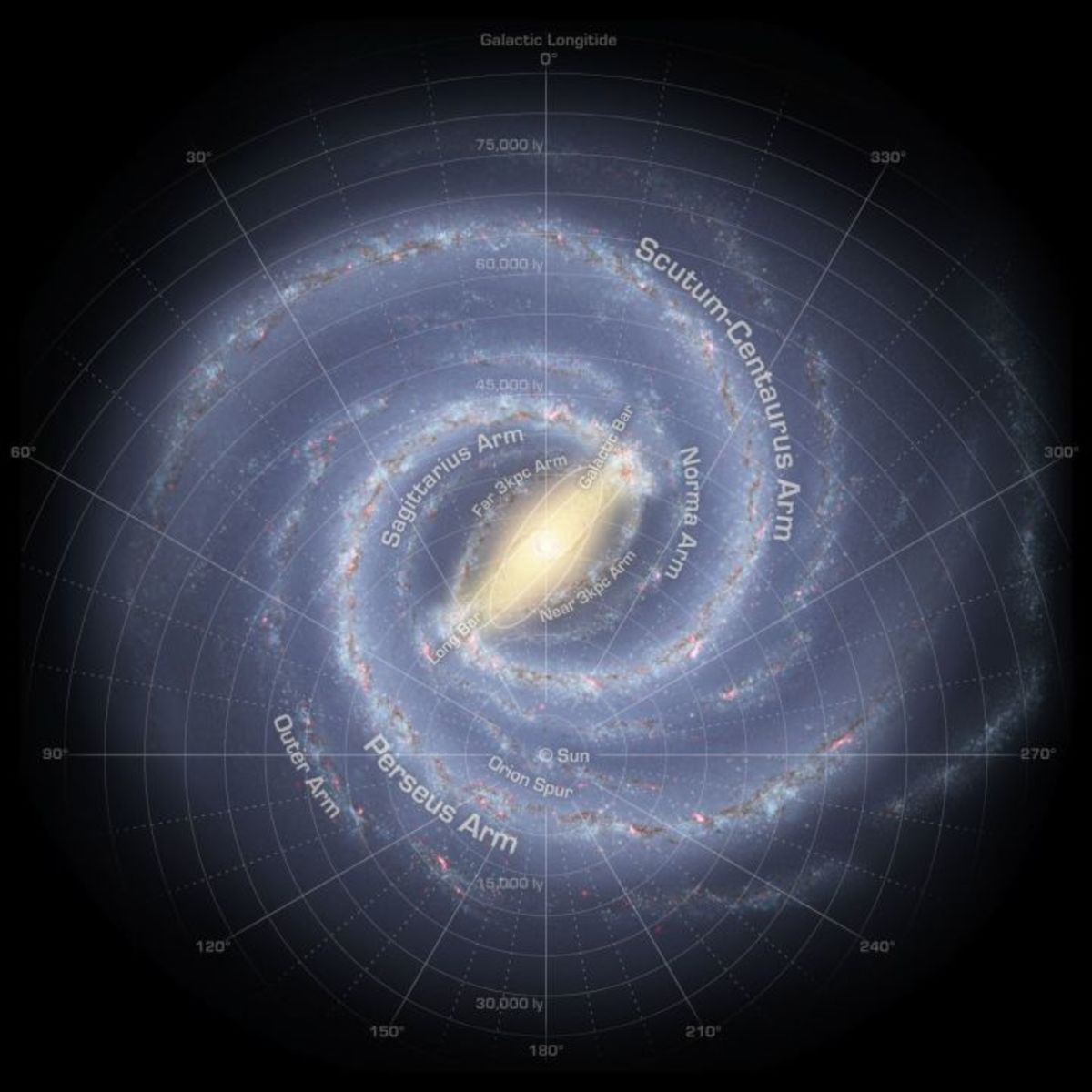Will the Earth Stop Rotating Someday?
The earth will not actually stop spinning, but its rotation will slow consideably over the eons.
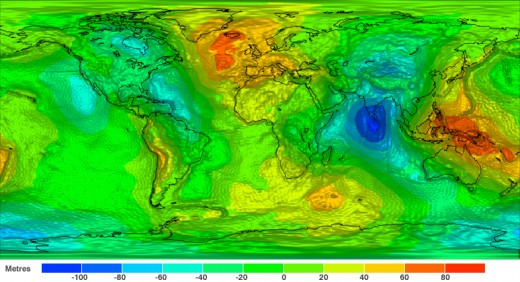
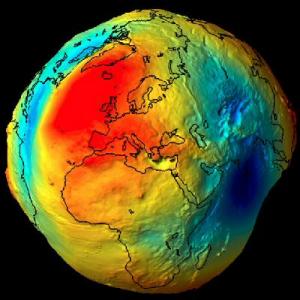
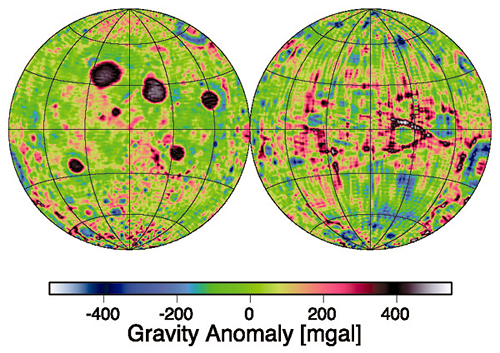
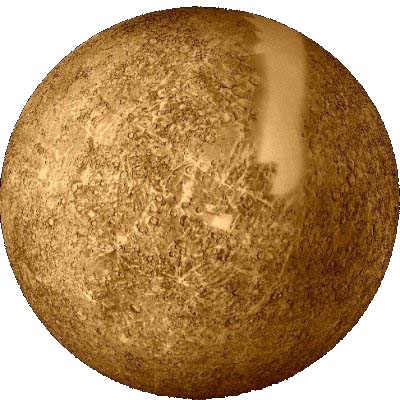
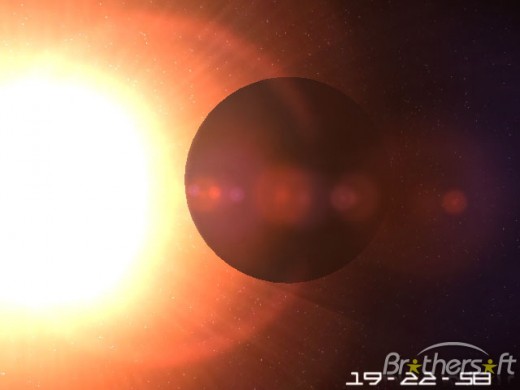
The Earth will someday become tidally locked to the sun.
The Earth will never fully stop rotating, but it will eventually become tidally locked to the sun, which means that one side will be in constant daylight and the opposite side in eternal darkness. That will likely occur when the sun expands before the helium flash. That is still off by some 4 to 5 billion years. In the mean time, a great deal else will occur that will profoundly impact the earth. In that distant era, the solar system will be completely different. The sun will be a bloated red giant. Mercury and Venus will have become absorbed by the swollen sun. The Earth will be almost skimming the sun's surface. The moon will have become an independent planet in orbit around the sun if it too has not been absorbed. The Earth will be scorched, hot, likely molten and without oceans. The dark side will be frigid and retaining scant amounts of ice. The period of rotation will match the orbital period around the sun as earth passes around it hugging close to the outer gaseous envelope. Streamers of solar material jetting out from the sun will provide periodic weak light to the dark side. How will it get this way?
The Earth is a lumpy body gravitationally speaking. That fact emerged in the early days of the American Space program when satellite tracking was lost over the Indian Ocean. Later studies showed that the Earth was uneven and lumpy. That lumpiness derives from the fact of the Earth is a geologically active place with continental drift, mountain building, subduction, volcanism and earthquakes. The current rotation creates an equatorial bulge that is several miles larger from one point of the equator to the opposite point as opposed to the measure from pole to pole. These facts alone create a relationship with the moon that is gradually being propelled away from the Earth, while the Earth's rotation slows as a result. Both events are unfolding very gradually, so the disappearance of the moon and the Earth's stopped rotation will take billions of years.
There exists a curious relationship between the moon and the Earth. The moon receives energy from the Earth because the Earth is rotating faster than the moon can orbit the Earth. The oceans that responds with tides, actually pulls on the moon along with the Earth's gravitational bulge, causing it to speed up in a kind of sling shot fashion. This increases the moon's orbit by the exchange of Earth's angular momentum to the moon's linear momentum. The ultimate result is that the moon will drift past the Lagrange (L-1) point between the Earth and the Sun. When that occurs, the Earth's day will be much longer, the sun much brighter and the moon will wander into a solar orbit independent of Earth.
The Earth will still be rotating though, but in a moonless sky with a much brighter and bigger sun. The oceans, so much a part of our life today, will vanish, boiled off into space due to a hotter sun. Life will vanish from Earth, except for the thermophiles as it becomes a hot desert hell planet. As the sun continues to bloat, the unevenness that is part of the Earth will cause it to become tidally locked to the sun. This recapitulates the reality of today's Earth-moon system where the moon is tidally locked to the Earth, showing only one side to us. The Earth will end up in a similar relationship to the sun as Mercury is now; one side baked near melting point, the other side frozen in deep cold. This is not an actual stopping of rotation, only apparent in relation to the sun. The day will in actuality be the same length as the year in relation to the stars. Volcanism and earthquakes will rack the place just as the moon Io near Jupiter experiences. Earth will be far different then than it is now.
As the sun bloats and sheds material into an expanding nebula, it will engulf the Earth. The loss of the sun's mass means that the Earth will drift further away along with all the other planets. The Earth will eventually wind up where the asteroid belt is now. The rotation will slow further as the length of the year exceeds that of of Mars' today. In the end, the sun will collapse into a white dwarf. The Earth will remain tidally locked as it was set that way be the former expanded sun. The year will be almost three times as long and then Earth will become a frigid wasteland, dimly lit by a tiny sun on its sun facing side.
Will this happen for sure? Andromeda is heading our way and both it and our galaxy will be disrupted. There is a chance that the solar system will be torn asunder long before the Earth "stops rotating". The Earth may well end up as a rogue planet flung into deep space between the stars as an alternate fate. This event is so remote, that we need not concern ourselves with it. It is entirely possible, that humanity will be extinct long before then.

